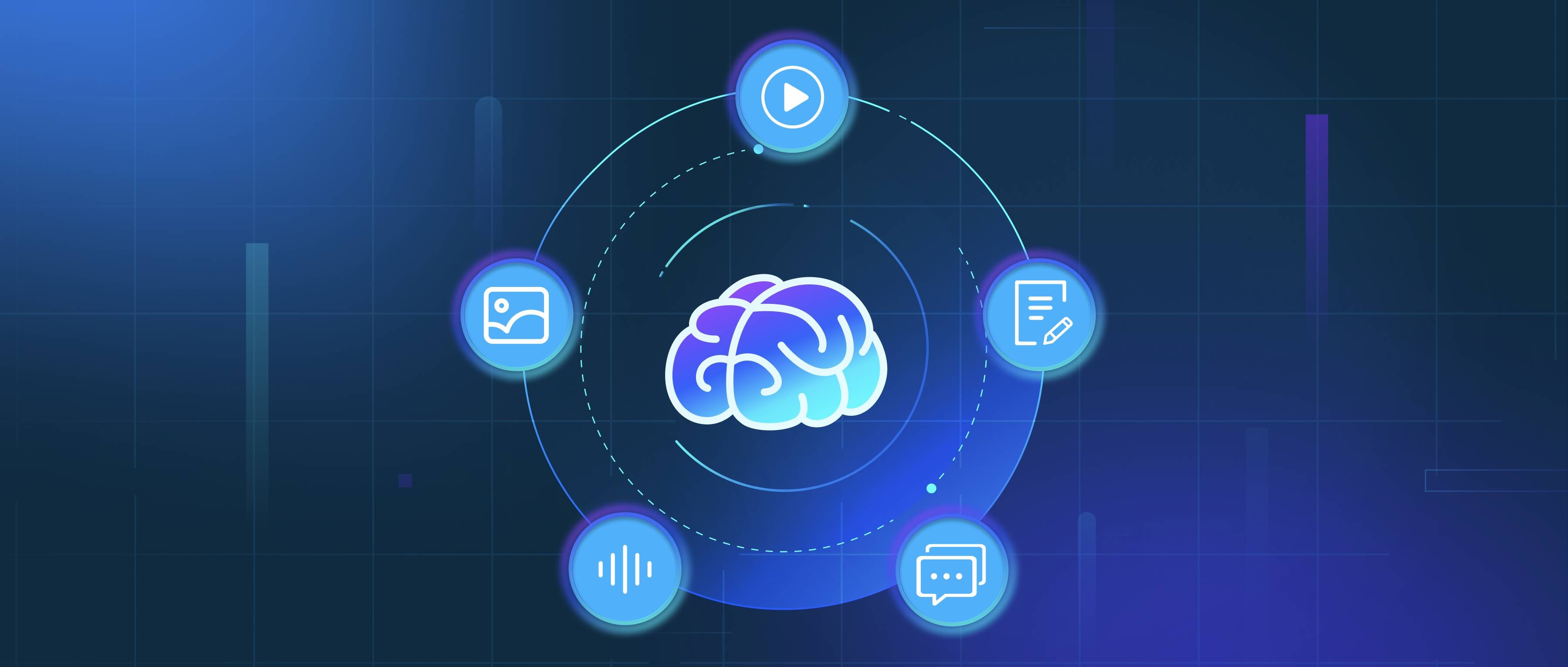Zero-shot learning (ZSL) is a machine learning paradigm that enables models to recognize and classify data from categories that they have not seen during training. This approach relies on leveraging semantic information or attributes related to the unseen categories. Instead of needing examples from every category, ZSL uses relationships and shared characteristics to make inferences about unknown classes based on its understanding of known ones. For instance, if a model has been trained to identify animals like "zebra" and "horse," and learns attributes such as "has stripes" or "is a quadruped," it could then potentially identify a "tiger" by recognizing that it shares certain attributes with the known classes.
To implement zero-shot learning, developers typically use a two-step process involving a feature space and an attribute space. In the feature space, the model is trained on known categories using labeled examples. In the attribute space, developers define a set of attributes or descriptors for each category. These attributes might be visual characteristics, behaviors, or other identifiers. The model then learns to map input data to these attributes. For example, if an unseen animal feature is presented, the model can analyze its attributes and match them to known attribute representations, allowing it to classify the new animal despite not having been directly trained on it.
One common application of zero-shot learning is in image classification tasks. Consider a scenario where a model is trained to classify dog and cat breeds but encounters an animal it has never seen before, such as a "fox." If the model knows that a fox is "canine," "has a bushy tail," and "is a small-to-medium size mammal," it can draw conclusions about the fox based on these attributes. By applying knowledge gained from the known categories, the model can effectively categorize the unknown class, demonstrating the practicality and versatility of zero-shot learning in tackling situations with limited training data.
